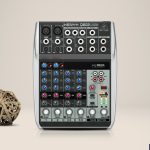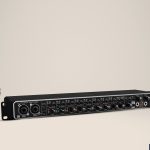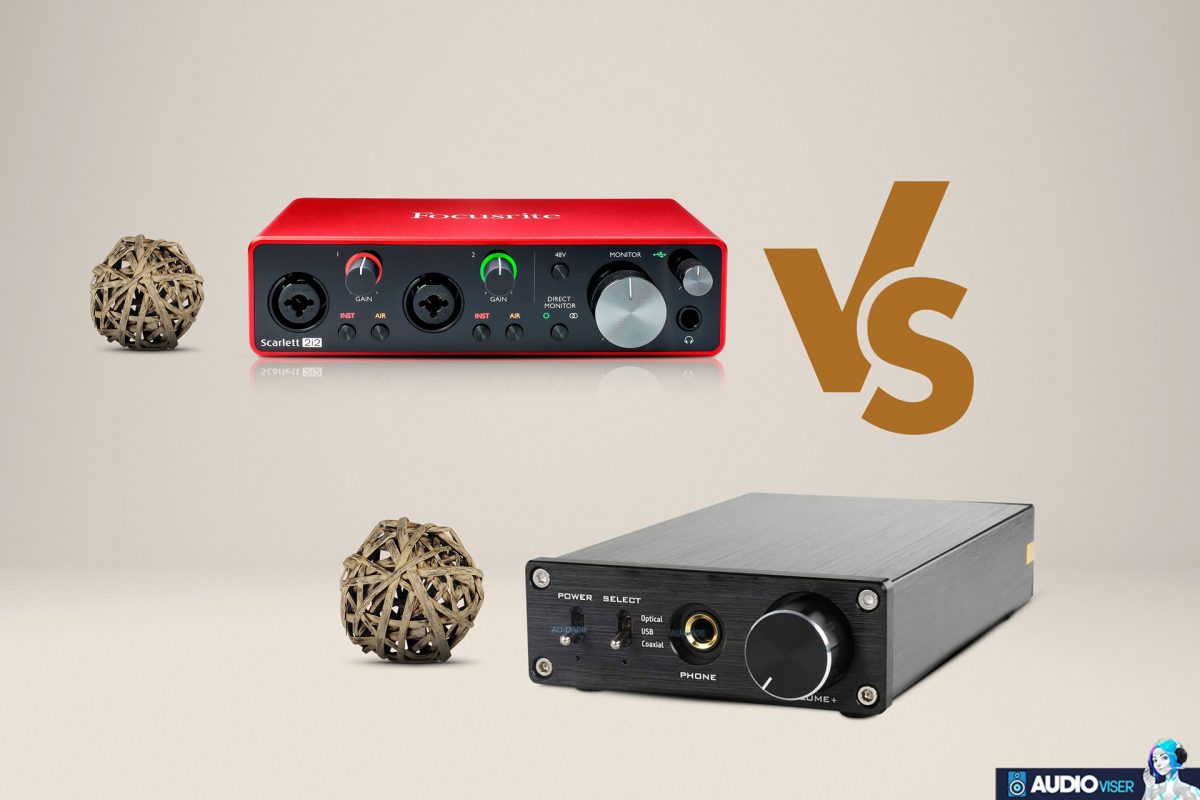
Perhaps you are unable to decide between a DAC and an audio interface.
I can understand your sensation of overwhelming if you are unfamiliar with the tools used in musical creation.
Although there are some similarities between the two, they do not act in exactly the same ways.
This article aims to provide you with a thorough understanding of each product so you can decide which one to purchase.
Keep up with me and let’s begin without wasting any more time.
Defining: DAC and Audio Interface
Before we move on to tell which one you need to buy, I am going to explain both devices, what they are and what they do so you can have good overall insight regarding them.
Audio Interface: What Is It?
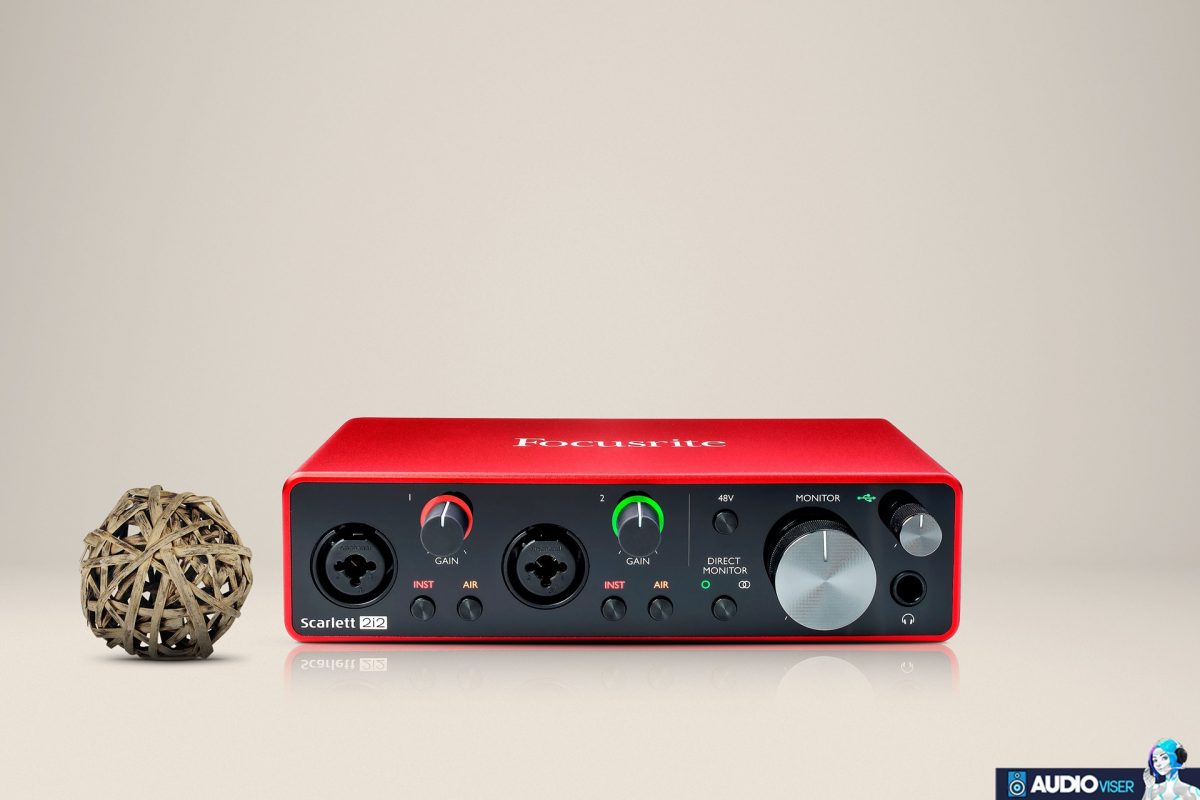
A computer’s audio interface is a piece of hardware that allows us to transform microphone and instrument signals into a format that our computer can understand and recognize.
An audio interface provides a one-stop shop for the majority of your studio needs. It has a few different things up its sleeve that it can accomplish.
Since the audio passes through your computer and is amplified, it essentially functions as a sound card.
We frequently observe DJs using this device, as it is an excellent tool that helps them with the mixing process.
DAC: What Is It?
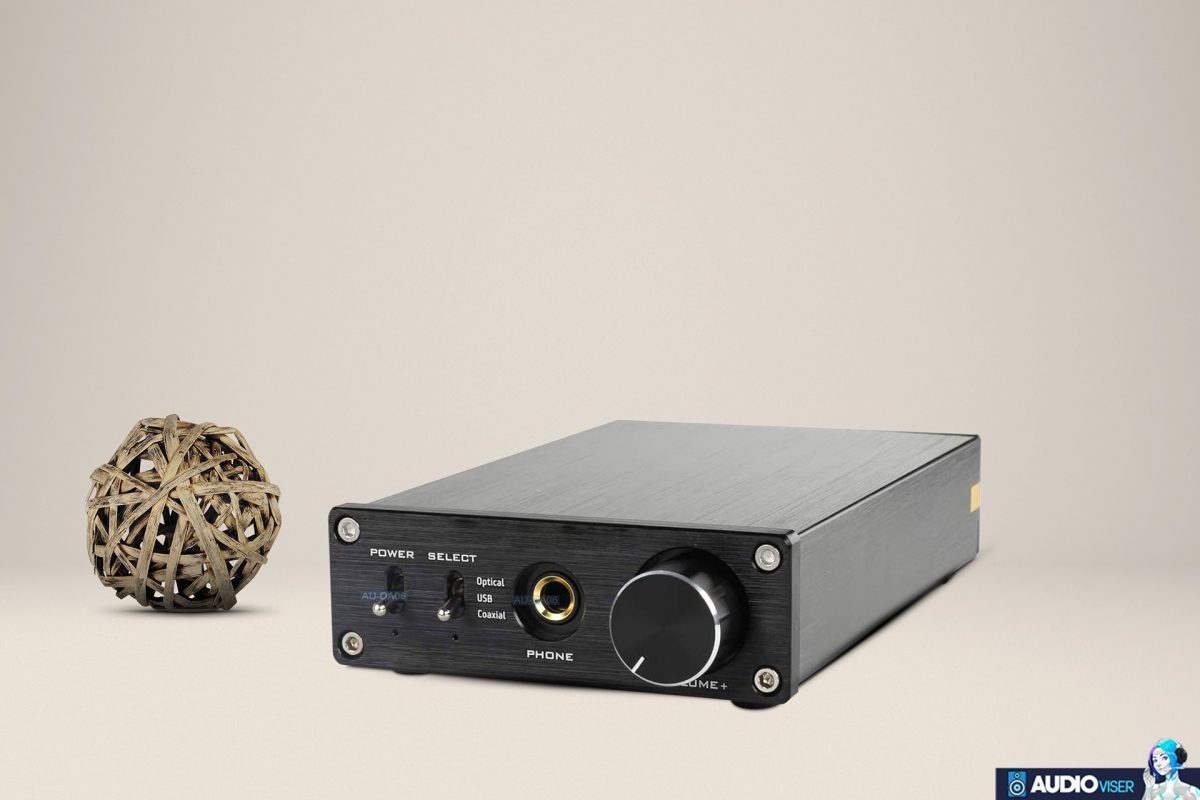
DAC, which is essentially the same thing, is a small device that aids in converting digital signals into analog signals.
The term “DAC” stands for “Digital To Analog Converter,” and it pretty much speaks for itself.
Despite the fact that much audio equipment already has DACs built-in, having a separate DAC that all of your digital audio may pass through will always yield superior results.
In other words, it converts digitally recorded information from a laptop, iPod, or such device into audible analog sound.
Analog Signal VS. Digital Signal: Explained
I suppose you have come across those terms at least once in your life, or at the very least, you have just now.
I’ll describe the distinctions between analog and digital sound in more detail below to help you understand.
As an illustration, the sound we often hear is analog. Almost everything around us is analog, including birds, instruments, and voices.
We currently record ourselves or the environment around us in an analog format, but when we wish to review those recordings on a computer, we store them as digital audio files (.wav,.mp3, or.mp4 are all examples of digital files).
With that said, it becomes clear that a converter is required in order to save those analog sounds as digital files.
The majority of the time, DAC and ADC are used to describe those parts.
Analog To Digital and Digital to Analog converters.
When Should You Use A Audio Interface
Audio Interface is a device that you will mostly see in the professional spectrum.
For instance, studio staff or monitors use an audio interface for recording music because it enables them to engage in a variety of activities with low latency on a range of devices and rewards them with excellent sound quality.
Having said that, I can promise that an audio interface will significantly enhance your sound quality.
If it is supported by an Audio Interface, your headphones, speakers, and any other linked audio equipment will sound better.
The fact that they are inexpensive is the finest thing about them. Despite being adaptable and beneficial in a variety of ways, they don’t cost the earth.
When Should You Use A Dac
What we concluded was that a DAC is basically a converter that actually plays a role in increasing sound quality.
But I will cut things short. DAC doesn’t sound as good as an audio interface. They sound pretty much the same, if not the latter one sounds better.
So what I want to say is that it’s best to leave DAC to more average users than professionals, since a professional will always opt for an audio interface.
The DAC is compact and can be taken wherever you go. You can simply plug it in and you are ready to stream some good sound quality music.
Moreover, gamers can also benefit from DAC since it will give you an immersion feeling. Pointing out your enemy or hearing those cool effects in a great way won’t be a problem for you when using a DAC.
What Sets an Audio Interface Apart from a DAC
I’ll briefly outline the key distinctions between an audio interface and a DAC in the paragraphs that follow.
- An audio interface is a device that is great for music production as opposed to just converting it.
- On the other hand, DACs are converters that are primarily made for listening to music rather than producing it.
- The Audio Interface is packed with features and has audio inputs and other components that give you the flexibility to connect in additional devices like instruments and microphones.
- Although DAC is unexpectedly more expensive and far more passive than audio interfaces, it is obvious that it falls short of its counterpart.
Nevertheless, it doesn’t change the fact that both devices are great tools for audio enthusiasts who want to boost their sound quality.
Final Words
We’ve now reached the conclusion of the article, and to declare the winner,
I am sorry to say, but this was quite the one-side battle.
The Audio Interface outperforms its counterpart in many ways. It performs tasks that the DAC can perform as well or better than it does, but we can’t claim the same for the latter.
Don’t get me wrong, though. I’m not suggesting the DAC is a bad tool; it’s actually pretty handy. Because of its small size, you can use it while traveling, and there are many ways to improve the audio quality with it.
Even while Audio Interface is superior in most situations, it has more features, and actually produces better sound, it also costs less on top of all of this.
However, I believe that no matter what you choose to buy, you are not making a mistake; it largely relies on the intended use.
I hope I covered everything, added some insight, and helped you make a decision. Until the next time, take care.
Further Reading
There are some more related articles that you can check out regarding interfaces.
For example, how long do audio interfaces last?
There’s also a list of the top interfaces for FL Studio and a list of audio interfaces for Cubase.
Mix & Mastering
I love to get my hands on all sorts of audio equipment, from headphones and speakers to audio interfaces. I love putting these products through their paces and seeing what they can do.

